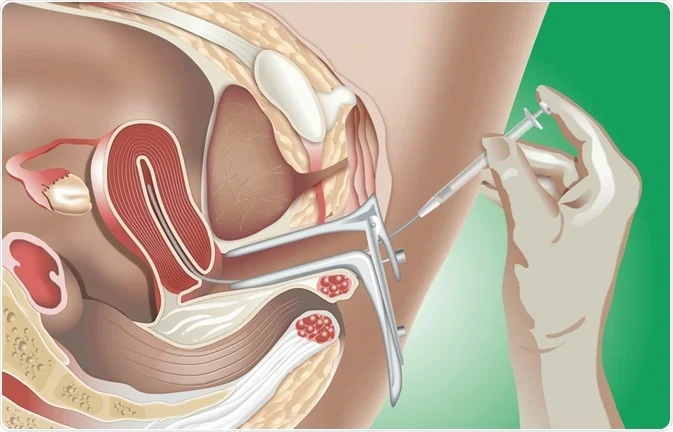Hey there! If you’re diving into the world of IVF and considering preimplantation genetic testing (PGT), you’re in the right place. PGT is a nifty procedure used during IVF to find out how many chromosomes are in your embryos. The aim? To identify those healthy embryos with the right number of chromosomes (called euploid embryos) while steering clear of those with chromosomal abnormalities (known as aneuploid embryos). This can help reduce the chances of miscarriage and boost your odds of a successful pregnancy.
Different Types of PGT Tests
- PGT-A (Aneuploidy): This test checks for embryos that have chromosomal abnormalities. Typically, our embryos have 23 pairs of chromosomes (that’s 46 total!)—one from mom’s egg and one from dad’s sperm. Sometimes, embryos can have random chromosome issues, like missing or extra chromosomes, which is what we call aneuploidy. Most of the time, these abnormalities pop up randomly and aren’t inherited from parents. Unfortunately, embryos with aneuploidy are more likely to end in miscarriage or may lead to conditions like Down syndrome or Turner syndrome.
- PGT-M (Monogenic): This one is for folks at higher risk of single-gene disorders, such as cystic fibrosis or sickle cell anemia.
- PGT-SR (Structural rearrangements): This type is useful if you or your partner have chromosome rearrangements like translocations or inversions. These rearrangements can increase the chances of having embryos with missing or extra chromosome pieces, which can lead to serious health issues or miscarriage.
How Does PGT Work?
First off, you’ll go through the IVF process, including egg collection. After the sperm meets the egg and an embryo is formed, a few cells—typically 5 to 10—are taken from the embryo. These cells come from the trophectoderm, which is the part that eventually becomes the placenta. The idea is that these cells represent the embryo as a whole, but sometimes things like mosaicism can complicate that. While you’re waiting for results, your embryos will be frozen. Once an embryo is confirmed as euploid, it can be thawed and transferred later.
For PGT-M, there’s often an additional wait while the lab checks if they can reliably identify the specific genetic condition in your embryos. This testing phase can take 6-12 weeks after all necessary DNA samples are in, so it’s crucial to have this wrapped up before starting your IVF cycle.
Who Might Benefit from PGT?
Choosing to undergo PGT can be a big decision and should be done after chatting with a fertility specialist and a counselor. It’s especially useful for women or individuals over 37, as the risk of chromosomal abnormalities typically rises with age. It can also help those who’ve experienced recurrent miscarriages or failed embryo transfers. Some individuals may have a personal or family history of genetic disorders, making PGT a necessary step in checking for those conditions.
Here’s a quick look at the percentages of aneuploidy by age:
- 30 years old – 33%
- 30-34 years old – 38%
- 35-37 years old – 47%
- 38-40 years old – 60%
- 41-42 years old – 76%
- 43 years or older at egg retrieval – 84%
Limitations of PGT
While PGT can improve your chances of a successful pregnancy by ensuring that only euploid embryos are transferred, it’s not a guarantee of pregnancy. There’s also a minor risk of damaging the embryo during the biopsy. Since embryos need to be frozen for PGT, they’ll also go through a thawing procedure before transfer, which has a survival rate of about 97%—but this can vary by clinic. Plus, let’s not forget the ethical and emotional aspects of deciding which embryos to discard and which to implant—it’s definitely a tough call. And there’s a small chance (1%-2%) that the lab might give inconclusive results for an embryo.
If you’re curious to learn more about early pregnancy stages, check out our article on first trimester insights. And if you’re looking for ways to enhance fertility, you might find this fertility booster particularly helpful. For a broader understanding of methods like IVF, you can also refer to this excellent resource.
Summary
In summary, preimplantation genetic testing (PGT) is a valuable tool in IVF that helps identify healthy embryos, increasing the chances of a successful pregnancy while minimizing potential risks. Different types of PGT cater to various needs, and while it offers many benefits, it’s essential to consider its limitations and the ethical implications of embryo selection. Engaging with a fertility specialist will help you navigate this complex process.

